Filter by

A History of American Puritan Literature
For generations, scholars have imagined American puritans as religious enthusiasts, fleeing persecution, finding refuge in Massachusetts, and founding 'America'. The puritans have been read as a product of New England and the origin of American exceptionalism. This History challenges the usual understanding of American puritans, offering new ways of reading their history and their literary cult…
- Edition
- -
- ISBN/ISSN
- 9781108878425
- Collation
- -
- Series Title
- -
- Call Number
- -
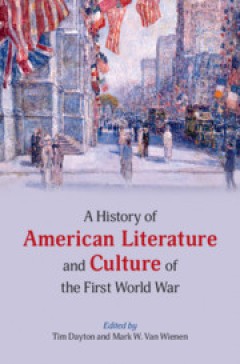
A History of American Literature and Culture of the First World War
In the years of and around the First World War, American poets, fiction writers, and dramatists came to the forefront of the international movement we call Modernism. At the same time a vast amount of non- and anti-Modernist culture was produced, mostly supporting, but also critical of, the US war effort. A History of American Literature and Culture of the First World War explores this fraught …
- Edition
- -
- ISBN/ISSN
- 9781108615433
- Collation
- -
- Series Title
- -
- Call Number
- -
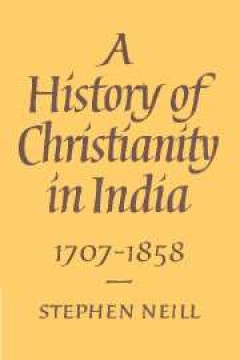
A History of Christianity in India 1707–1858
This book, a sequel to Bishop Neill's A History of Christianity in India: The Beginnings to 1707, traces its subject from the death of Aurunzib to the so-called Indian Mutiny. The history of India since 1498 is of a tremendous confrontation of cultures and religions. Since 1757, the chief part in this confrontation has been played by Britain; and the Christian missionary enterprise, especially …
- Edition
- -
- ISBN/ISSN
- 9780511520563
- Collation
- -
- Series Title
- -
- Call Number
- -
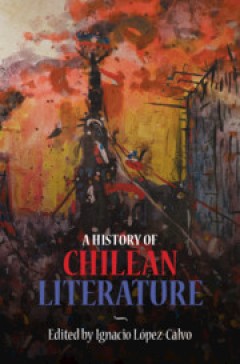
A History of Chilean Literature
This book covers the full range and diversity of Chilean literature from the times of the Spanish conquest to the present. By emphasizing transnational, hemispheric, and global approaches to Chilean literature, it reflects the relevance of themes such as neoliberalism, migration and exile, as well as subfields like ethnic studies, and gender and sexuality studies. It showcases the diversity of …
- Edition
- -
- ISBN/ISSN
- 9781108766616
- Collation
- -
- Series Title
- -
- Call Number
- -
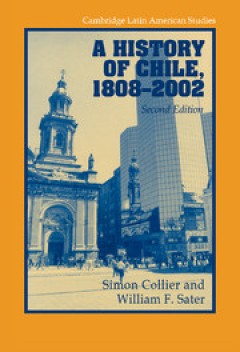
A History of Chile, 1808–2002
A History of Chile chronicles the nation's political, social, and economic evolution from its independence until the early years of the Lagos regime. Employing primary and secondary materials, it explores the growth of Chile's agricultural economy, during which the large landed estates appeared; the nineteenth-century wheat and mining booms; the rise of the nitrate mines; their replacement by c…
- Edition
- -
- ISBN/ISSN
- 9780511991189
- Collation
- -
- Series Title
- Cambridge Latin American Studies
- Call Number
- -
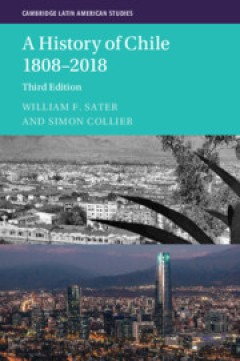
A History of Chile 1808–2018
As Chile has continued to grow and prosper in the twenty-first century, this new edition of the definitive history of the country brings the story of its political, social and cultural development up to date. It describes how Ricardo Lagos and Michelle Bachelet, both highly educated Socialists, modernized the country and integrated new interests into Chilean political life, and how the billiona…
- Edition
- -
- ISBN/ISSN
- 9781009170222
- Collation
- -
- Series Title
- Cambridge Latin American Studies
- Call Number
- -
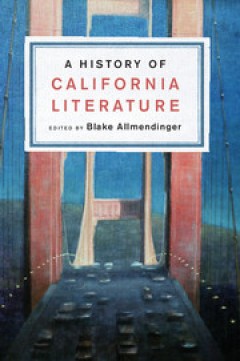
A History of California Literature
Blake Allmendinger's A History of California Literature surveys the paradoxical image of the Golden State as a site of dreams and disenchantment, formidable beginnings and ruinous ends. This history encompasses the prismatic nature of California by exploring a variety of historical periods, literary genres, and cultural movements affecting the state's development, from the colonial era to the t…
- Edition
- -
- ISBN/ISSN
- 9781107280359
- Collation
- -
- Series Title
- -
- Call Number
- -
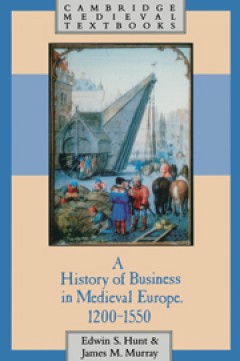
A History of Business in Medieval Europe, 1200–1550
This book demolishes the widely held view that the phrase 'medieval business' is an oxymoron. The authors review the entire range of business in medieval western Europe, probing its Roman and Christian heritage to discover the economic and political forces that shaped the organization of agriculture, manufacturing, construction, mining, transportation and marketing. Businessmen's responses to t…
- Edition
- -
- ISBN/ISSN
- 9780511626005
- Collation
- -
- Series Title
- Cambridge Medieval Textbooks
- Call Number
- -
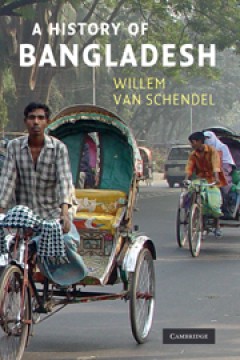
A History of Bangladesh
Bangladesh is a new name for an old land whose history is little known to the wider world. A country chiefly famous in the West for media images of poverty, underdevelopment, and natural disasters, Bangladesh did not exist as an independent state until 1971. Willem van Schendel's history reveals the country's vibrant, colourful past and its diverse culture as it navigates the extraordinary twis…
- Edition
- -
- ISBN/ISSN
- 9780511997419
- Collation
- -
- Series Title
- -
- Call Number
- -

A Grammar of Kham
First published in 2002, this is a comprehensive grammatical documentation of Kham, a previously undescribed language from west-central Nepal, belonging to the Tibeto-Burman language family. The language contains a number of grammatical systems that are of immediate relevance to current work on linguistic theory, including split ergativity, a mirative system, and a rich class of derived adjecti…
- Edition
- -
- ISBN/ISSN
- 9780511486883
- Collation
- -
- Series Title
- Cambridge Grammatical Descriptions
- Call Number
- -
 Computer Science, Information & General Works
Computer Science, Information & General Works  Philosophy & Psychology
Philosophy & Psychology  Religion
Religion  Social Sciences
Social Sciences  Language
Language  Pure Science
Pure Science  Applied Sciences
Applied Sciences  Art & Recreation
Art & Recreation  Literature
Literature  History & Geography
History & Geography